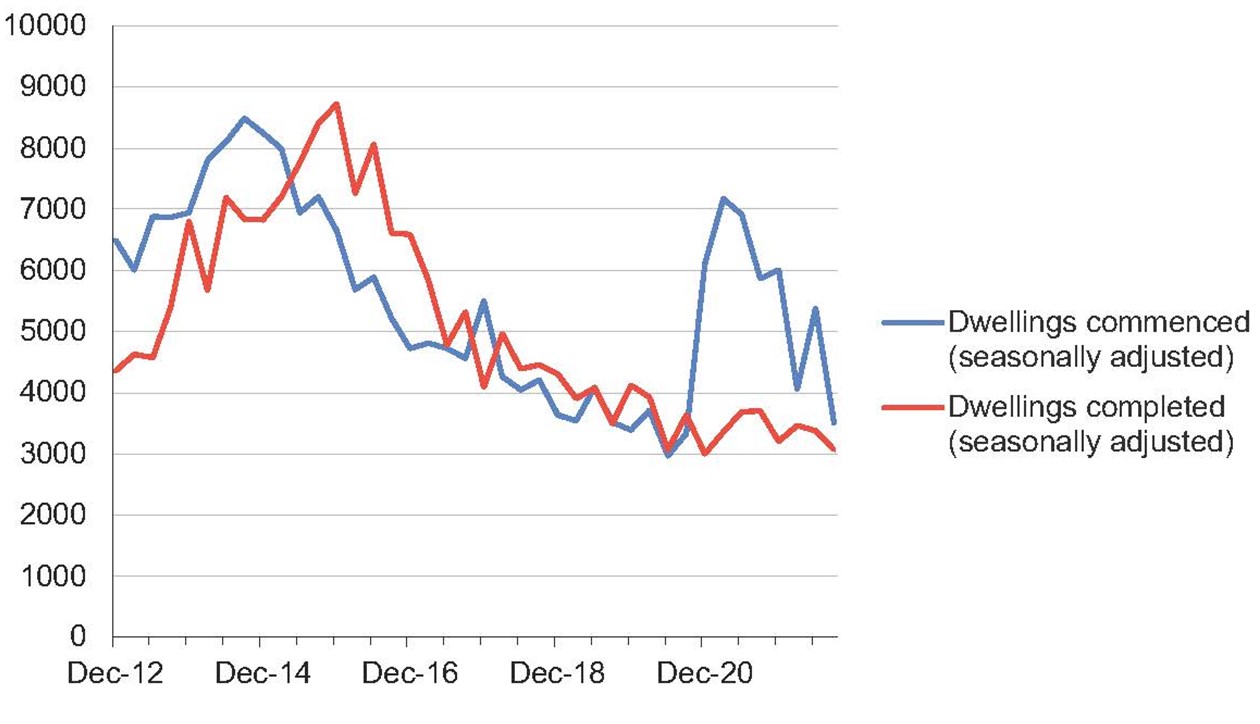As FY 2023 draws to a close, leading Property Economists Tim Connoley and David Cresp are forecasting that things are looking a lot brighter for the next financial year in Western Australia, with a property rebound forecast.
Some of the key drivers expected to drive this rebound include:
- WA has a strong investment pipeline with over 60% of the nation’s resources and energy major projects based in WA. The Office of the Chief Economist estimates the current and potential investment in the mining and energy sectors is over $356 billion across 181 projects. At the top of this list are Hydrogen projects (14 Hydrogen projects with a combined potential value of over $169 billion).
- Continued government investment on key infrastructure including Metronet and ECU.
- A WA unemployment rate of 3.4% (ABS seasonally adjusted) and continuing record levels of job vacancies. 18,000 new jobs have been added to the WA economy in the 12 months to March 2023.
- International students have also come back to WA and all of the Purpose Built Student Accommodation in Perth is now full.

